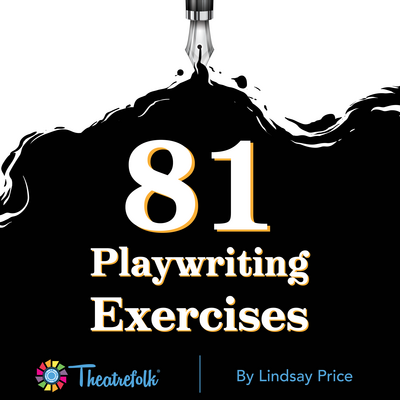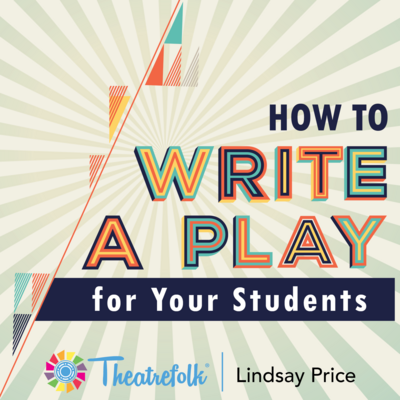A squirt gun would never be mistaken for a real gun, right? Dive into the thought-provoking world of Water. Gun. Argument and challenge what we choose to believe. A thought provoking and powerful piece in a docu-theatre style.

Distance Learning: Playwriting & Written and Analysis Exercises
The exercises listed below can be adapted to distance and online learning opportunities. Students work individually (rather than with partners or in groups).
Group work and discussions can be completed using video conferencing programs (such as Google Hangouts, Skype, or Zoom).
Written work can be submitted electronically via email or uploading to Google Drive or similar.
Performances can be done live via video conferencing programs, or filmed on a smartphone or digital camera and uploaded to a service such as YouTube or Vimeo (privacy settings can be adjusted to accommodate your school’s internet safety policies).
Check out our round-ups of exercises for Vocal and Physical Performance and Monologue and Individual Performance as well.
Playwriting Exercises
Playwriting exercises are great because they can be completed anywhere a student has access to a computer or tablet. They can also dictate their writing using speech-to-text software. Playwriting assignments can be submitted electronically, and feedback can be added and sent back, or given verbally/in person using video conferencing programs.
1. A Character is Not a Whole Person
2. A Picture Tells A Thousand Words: Cross-Curricular Drama Classroom Project
3. Brainstorming in the Drama Classroom: Coming Up With More Ideas Than You Need
4. Exploring the Greek Chorus
Students will write their own Greek chorus, narrating an everyday activity. Students can also perform their piece if you wish.
5. Same Character, Different Choice
6. Shakespeare’s Words: Iambic Pentameter
8. Tips for Giving Feedback to Student Playwrights
Focus on Feedback Form exercise
9. Top 3 Ways to Write a Character Specific Voice
10. Using Statistics as Scene Starters
Focus on Serious Statistics – A PSA Project exercise
Written Drama and Analysis Exercises
Like playwriting exercises, students can complete written drama exercises anywhere they have access to a computer or tablet, and submit their work electronically.
1. Brainstorming as a Group: Add Three
2. Dealing With Difficult Characters: 3 Tips for Success
Focus on Tip #3: Your character is not “you” list
3. Do You Know Your Character?
4. Ensembles Are Characters Too!
Focus on Tip #1: Character profile
5. Making Assumptions About Characters
6. Nine Questions Actors Need to Ask Themselves
7. Prompting Creativity in the Drama Classroom
9. Questioning Your Character (Without Judgment)
10. Same Lines, Different Meanings
Note – partners aren’t necessary to complete these exercises
11. To Research or To Not Research?
12. What Does My Character Want?
13. What’s the Difference Between What Characters Want and Need?
14. What’s Your Character’s Signature Gesture?
Related Articles
Create Your Own Choice Board: Drama Activities
by Lindsay Price
Choice boards give students the opportunity to choose how they want to learn a particular subject. Create Your Own Choice Boards: Drama Activities can help encourage your students' independence by allowing them to take an active role in their learning.
Distance Learning
by Christian Kiley
A play about trying to survive and thrive in a virtual classroom.
81 Playwriting Exercises
by Lindsay Price
81 exercises that can be used to get students in the habit of writing on a regular basis.
How to Write a Play for your Students
by Lindsay Price
You’ve chosen to write a play for your students! Where do you start?
Resource Bundle - Playwriting
Use these 4 Playwriting drama teaching resources to make playwriting possible with your students. Great for warm-ups, prompts, writer's block and more!



